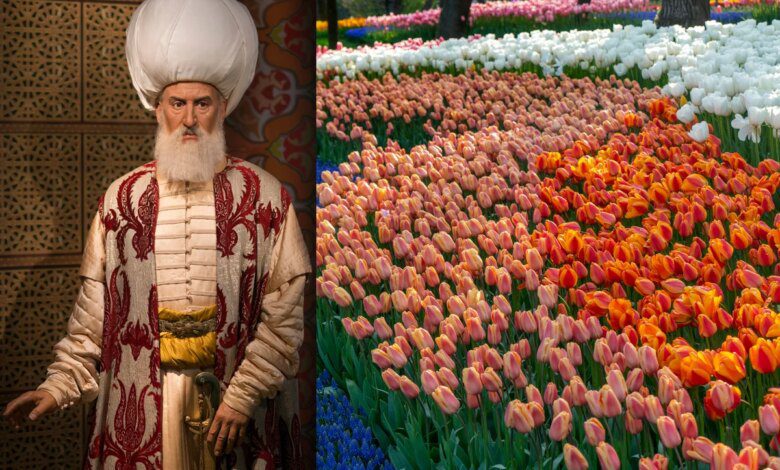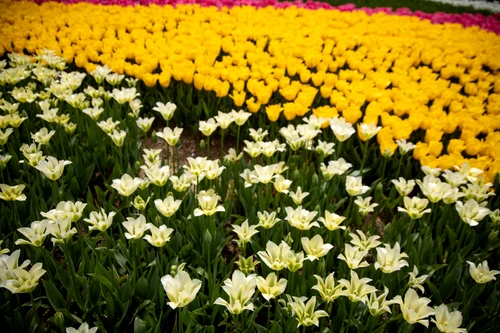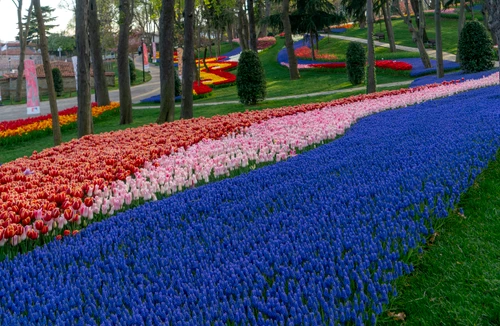
Tulips, favorites of Suleiman the Magnificent. What does their color mean?
The harbingers of spring are snowdrops, as well as hyacinths, freesias and tulips, the favorite flowers of the Ottoman Sultan Suleiman the Magnificent, whose clothes were embroidered with whole bouquets of tulips. What do these flowers symbolize?
Suleiman the Magnificent, known to Romanians from the famous Turkish TV series, ascended the throne in 1520 when he declared his obsession with... tulips. Sultan Suleiman the Lawgiver, who dominated the history of the Ottoman Empire in the 16th century, wore robes embroidered with tulips and insisted that his subordinates bring him many varieties of his much-loved flower.
The private garden of the ruler of the Ottoman Empire was a sanctuary, tended with great care and dedication by professional gardeners, and the nobility of those times decorated their turban with a single tulip, which had a deep meaning depending on its color.
Sultan's Obsession
Suleiman the Magnificent's favorite flowers are on display these days in Turkey's largest city, which celebrates the arrival of spring with a real tulip festival. In April, the tulip season actually opens in Istanbul; on this occasion, the most popular places in the city are decorated with tulips of different colors. Thus, every year Sultanahmet Square, for example, is decorated with tulips grown by authorized producers, becoming a place of intense visitation by both locals and tourists.
Tulips were first brought to Turkey, to the Anatolia region, precisely from the Pamir Mountains located in Central Asia. This region is also considered the “homeland” of tulips.
Each color has a different meaning
As more varieties of tulips appeared, the colors of the tulips present took on different meanings:
— red tulips symbolize love;
— Capable tulips symbolize purity/innocence;
— Purple tulips symbolize nobility/romance;
— Yellow tulips symbolize joy/hope;
— Black tulips (very rare) symbolize rarity/uniqueness itself;
— Striped tulips complimented people with beautiful eyes.
In Europe, the history of tulips began in the second half of the 15th century in Austria, in Vienna, and then continued in the Netherlands. Once they gained great popularity in the Netherlands, tulips were transported to Canada, to Ottawa, and later became famous throughout the world.
Have you ever heard of the "inverted tulip", also known as the "crying bride"? It is grown in Anatolia and is a sensation among flower lovers. There are 167 species of inverted tulips worldwide, 43 of which can be seen in Turkey.
→

Photo — Shutterstock






















